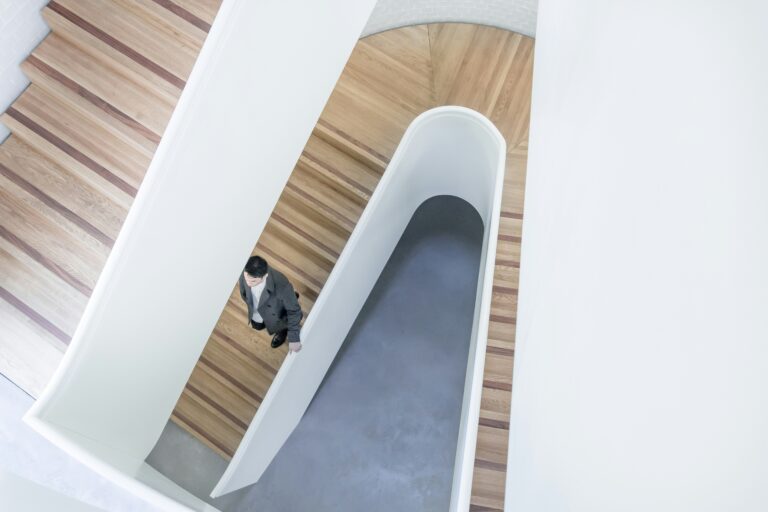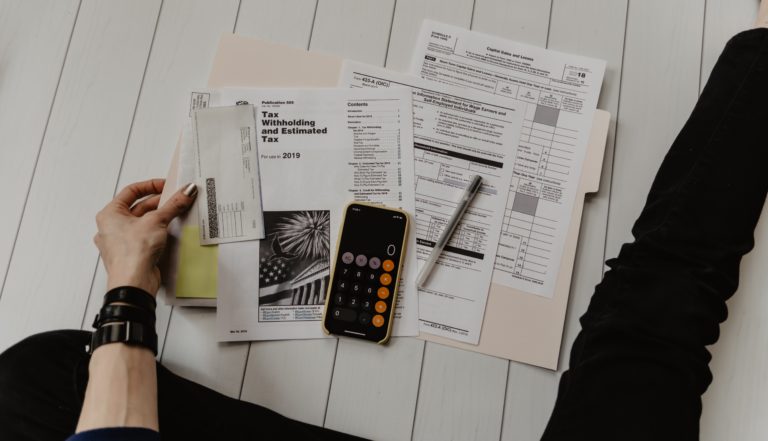User Experience Designer FAQs
- What does a User Experience Designer do?
- A UX Designer designs software and platforms that meet customers needs. This role requires knowledge and experience of combining interfaces and workflows to enhance the customer experience, using analytics to understand customer pain points and creativity to solve user problems.
- Is a UX Designer a good career?
- Yes, a UX Designer job is considered a good career. In today’s market, a salary of £45,000 to £60,000 would be expected at a User Experience Designer level.
- Is a UX Designer highly paid?
- In today’s market, a salary of £45,000 to £60,000 would be expected at a User Experience Designer level.
- What is a UX Design salary?
- In today’s market, a salary of £45,000 to £60,000 would be expected at a User Experience Designer level.
- What is the difference between a UX Designer and a UX Lead?
- A UX Designer primarily focuses on executing design tasks such as wireframing and prototyping, collaborating closely with the team, while a UX Lead takes on a strategic role, guiding projects, making high-level decisions, and mentoring the team to ensure alignment with business goals.



